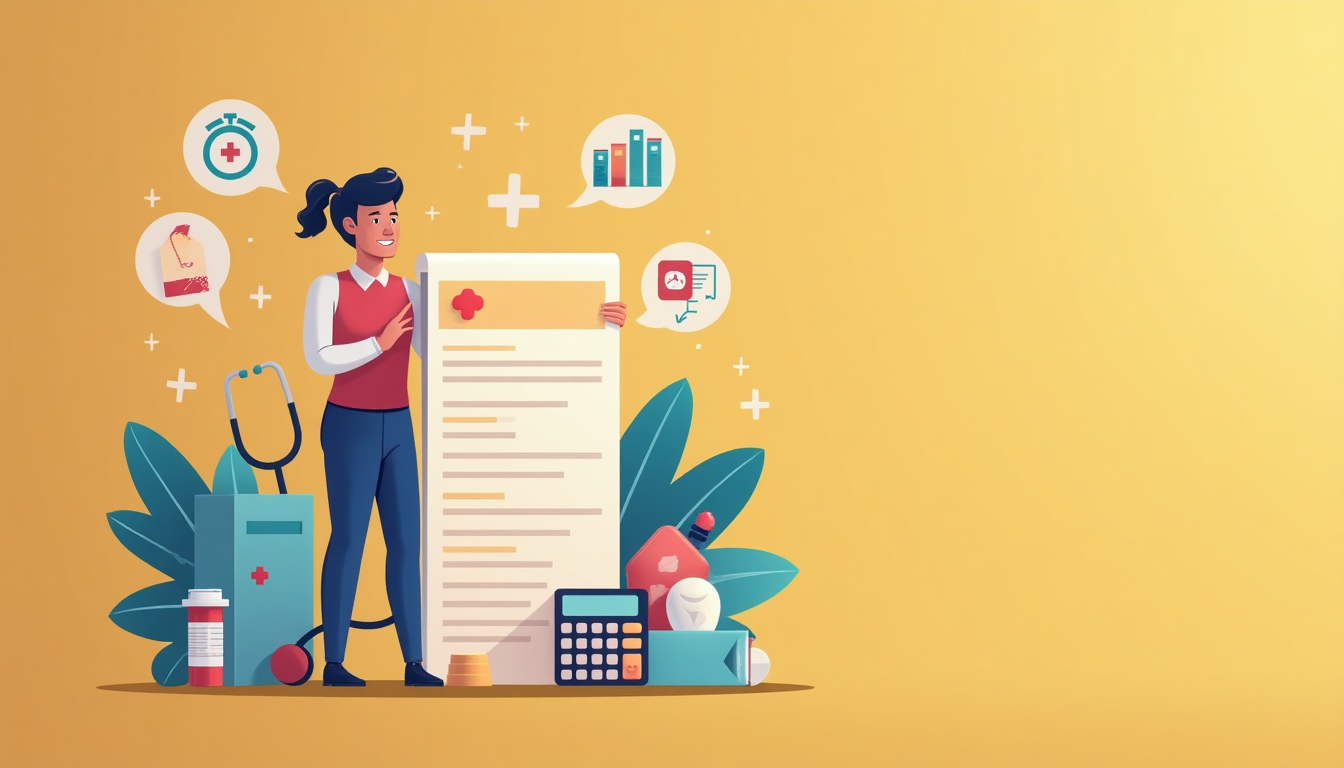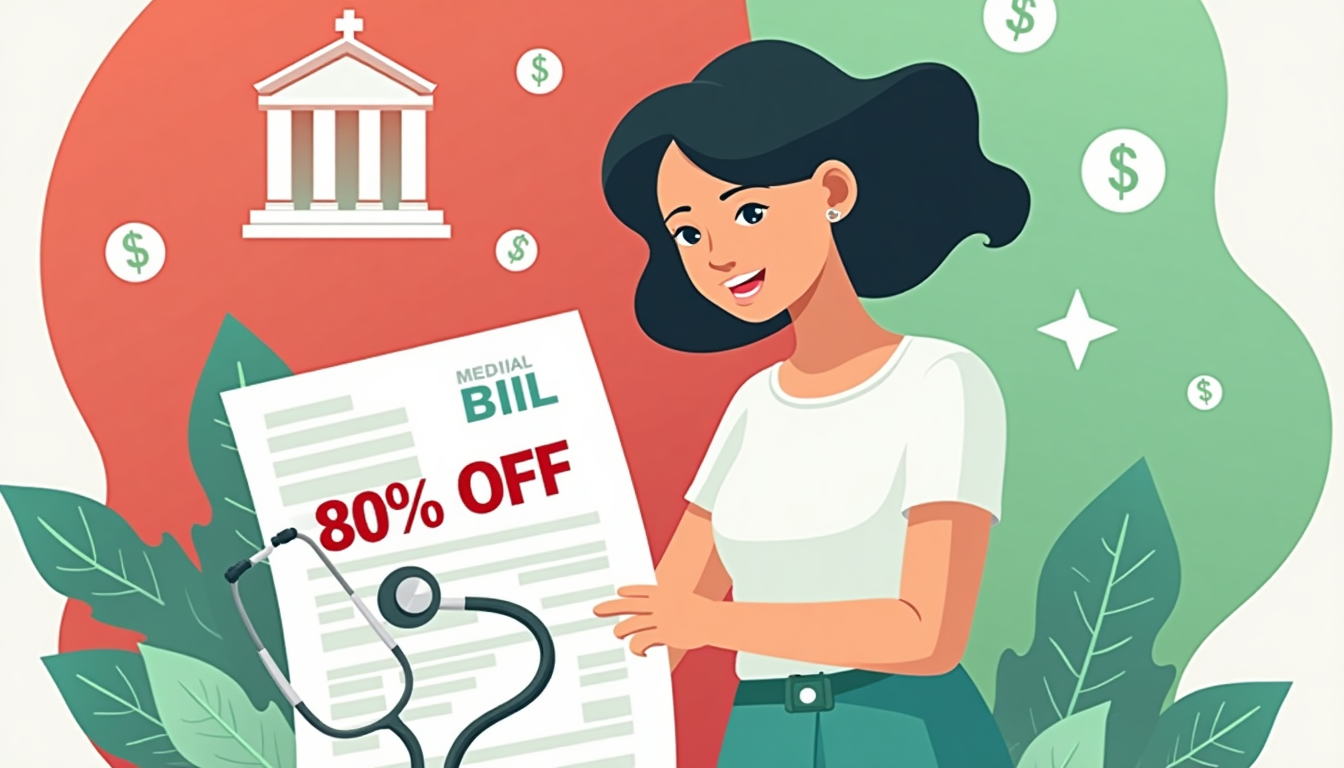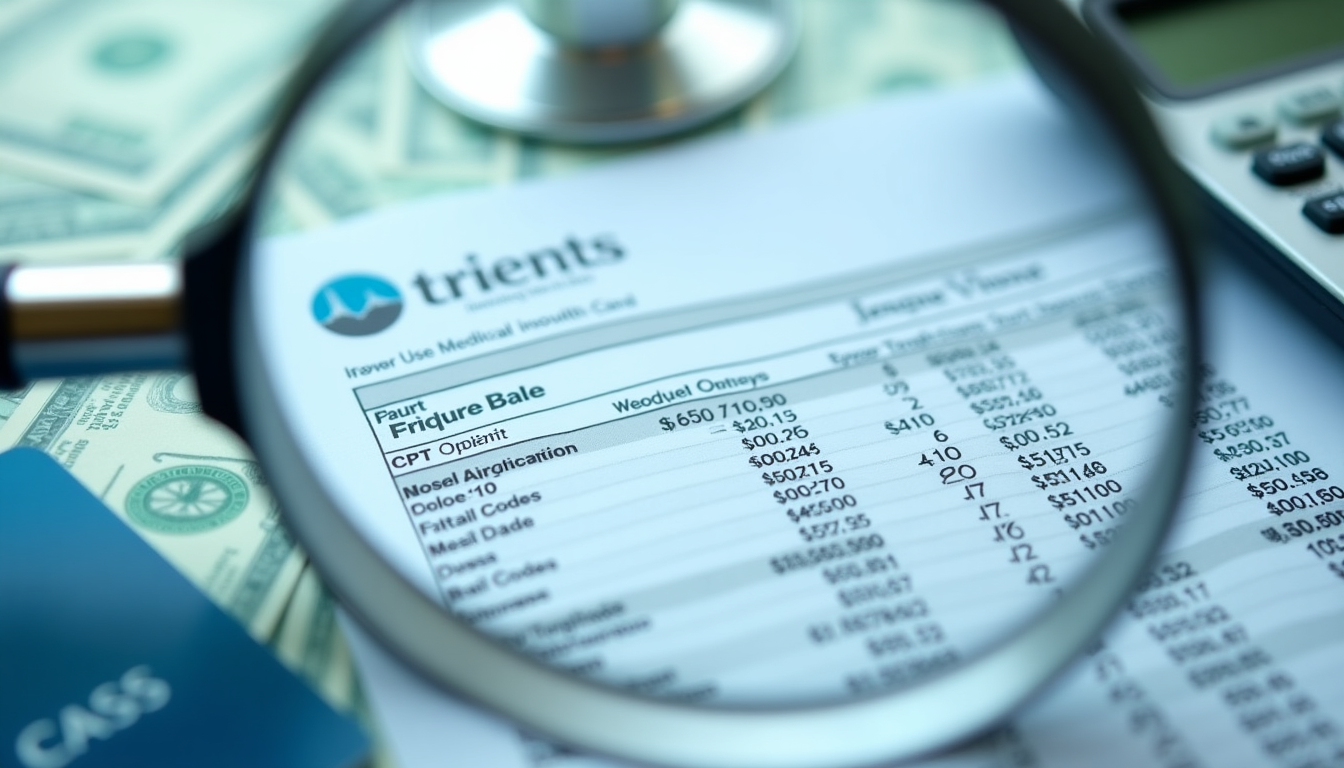How to Access Affordable Healthcare Without Insurance: A Step-by-Step Guide
“Navigating healthcare shouldn’t require a medical or financial degree,” says Jasmine Washington, Patient Advocate and Certified Healthcare Financial Counselor. “My mission is to help you get care without drowning in bills.”
With 26 million Americans uninsured and millions more underinsured[1], medical costs can feel overwhelming. But here’s the truth: You have more options than you realize. Drawing on 12 years of healthcare navigation experience, I’ll show you how to reduce costs, access care, and advocate for yourself—even without insurance.
Who’s Most Impacted by Lack of Insurance?
Key Statistics
- 7.9% of Americans (1 in 13) lack health insurance, with higher rates among low-income families, young adults (19–34), and non-citizens[2].
- 10.3 million are in the “Medicaid gap” in states that didn’t expand Medicaid under the ACA[3].
Real-life example: Maria, a Texas single mother earning $15,000/year, didn’t qualify for Medicaid or ACA subsidies. After delaying care for a suspicious mole due to cost, she faced $42,000 in melanoma treatments[4].
Why Costs Escalate Without Coverage
- ER visits cost 3–5x more than primary care for the same condition[5].
- Nearly 50% of uninsured patients face severe medical debt[6].
3 Immediate Cost-Saving Strategies
1. Negotiate Medical Bills Effectively
40–60% discounts are possible with these steps:
- Request an itemized bill (errors occur in 80% of hospital bills)[4].
- Apply for charity care: 75% of hospitals offer income-based discounts (up to 300% of the Federal Poverty Level)[4].
- Success story: A $3,000 ER bill dropped to $600 for a client earning $38,000/year.
- Offer prompt cash payment: Many providers accept 30–50% of the balance if paid within 30 days.
How we help: LowMedBill.com negotiates bills using hospital pricing data and charity care laws.
2. Find Sliding-Scale Community Clinics
29 million patients use Federally Qualified Health Centers (FQHCs) annually[7].
- Average cost: $50/visit for uninsured patients[7].
- Services include:
- Primary care
- Dental
- Mental health
- Prescription help
Find clinics: Use the HRSA Health Center Finder.
3. Use Prescription Assistance Programs
- NeedyMeds: Offers coupons reducing drug costs by 50–90%[4].
- PAN Foundation: Covers copays for chronic conditions like diabetes and cancer.
Key question: Always ask providers: “Do you offer patient assistance programs?”
Long-Term Solutions for Sustainable Care
Prioritize Preventive Care
Uninsured adults are 40% less likely to get cancer screenings[8].
Affordable tools:
- At-home FIT kits: $15 colorectal tests (vs. $300 colonoscopies)[9].
- Telehealth: Virtual visits start at $35[4].
Consider Direct Primary Care (DPC)
For $50–$100/month, DPCs provide:
- Unlimited primary care visits
- Discounted medications
- 24/7 provider access
Success story: James, an uninsured contractor, avoided a $2,500 ER trip for pneumonia with a $80/month DPC home visit.
Overcoming Systemic Challenges
Survival Tips for Medicaid Gap States
If you’re in Texas, Florida, Alabama, or other non-expansion states:
- Apply for hospital charity care (higher income limits than Medicaid).
- Use rural clinics: 70% operate in underserved areas[7].
- Check county programs: Some cover care up to 200% of the poverty level.
Prepare for Policy Shifts
- ACA subsidies may change in 2025: 4 million could lose coverage[10].
- Medicaid work requirements: Pending policies may affect 2.2 million[10].
Stay informed:
- Bookmark HealthCare.gov.
- Follow Families USA for updates.
How LowMedBill.com Can Help
We offer:
- Bill negotiation: Average 47% savings for clients.
- Charity care applications: We handle paperwork.
- Preventive care plans: Avoid financial surprises.
“Our goal is to turn ‘I can’t afford this’ into ‘I know how to handle this,’” says Jasmine.
Final Advice: Take Control of Your Care
Facing medical costs without insurance is tough—but manageable. Remember:
- You’re entitled to charity care under federal law.
- Community resources exist because healthcare is a right.
- Start small: Negotiate one bill, find one clinic, ask one question.
As Jasmine reminds clients: “Your health is worth fighting for—and you don’t have to fight alone.”
References
[1] Kaiser Family Foundation. (2023). Key Facts About the Uninsured Population. https://www.kff.org/uninsured
[2] U.S. Census Bureau. (2023). Health Insurance Coverage in the United States. https://www.census.gov/library/publications/2023/demo/p60-281.html
[3] Kaiser Family Foundation. (2023). The Coverage Gap: Uninsured Poor Adults in Non-Expansion States. https://www.kff.org/medicaid/issue-brief/the-coverage-gap-uninsured-poor-adults/
[4] Health Affairs. (2023). Charity Care and Medical Debt in U.S. Hospitals. https://www.healthaffairs.org/
[5] Agency for Healthcare Research and Quality. (2022). Emergency Department Costs. https://www.ahrq.gov/data/
[6] Consumer Financial Protection Bureau. (2023). Medical Debt Burden in the U.S. https://www.consumerfinance.gov/
[7] Health Resources & Services Administration. (2023). FQHC Fact Sheet. https://bphc.hrsa.gov/about/healthcenterfactsheet.pdf
[8] American Cancer Society. (2023). Cancer Screening Among the Uninsured. https://www.cancer.org/
[9] Centers for Disease Control and Prevention. (2023). Colorectal Cancer Screening Options. https://www.cdc.gov/cancer/colorectal/
[10] Kaiser Family Foundation. (2023). ACA Marketplace Enrollment Trends. https://www.kff.org/health-reform/




